For this post I used dried chickpeas, but the same process applies to all beans and legumes. **One thing I want to note is that if you are using kidney beans, make sure to put them in a pot of hot water and bring the water to a boil for two minutes before putting the kidney beans into your slow cooker. There is a toxin in kidney beans, and boiling the beans gets rid of it!**
Ingredients (for 2 cups wet chickpeas):
- 1 cup dry chickpeas
- 4 cups water
- 1/4 teaspoon baking soda
Tools:
- Large bowl
- Slow cooker
Recipe:
- Rinse the dry chickpeas under cold water.
- Add the chickpeas to a large bowl and cover with 2 cups of water. Cover the bowl with a plate and let the chickpeas soak overnight or for 10 hours.
- Drain the chickpeas from the soaking water and place them in the slow cooker. Add remaining 2 cups of water to the slow cooker.
- Add the baking soda to the slow cooker and turn the slow cooker on "High" for 2 to 3 hours or on "Low" for 4 to 5 hours.
- After 2 hours on a "High" setting or 4 hours on a "Low" setting, check the texture of the chickpeas. If they mash easily between your fingers, they are done. If not, allow the chickpeas to continue cooking, checking on their texture every 20 to 30 minutes.
- Once the chickpeas are done, drain the water from the slow cooker into a bowl or measuring cup and set aside if the starchy water is required in your recipe.
- Set the chickpeas aside to cool. If not using them immediately, place them in an air-tight container and place in the refrigerator for 2 to 3 days. Alternatively, you can freeze them for up to 6 months.

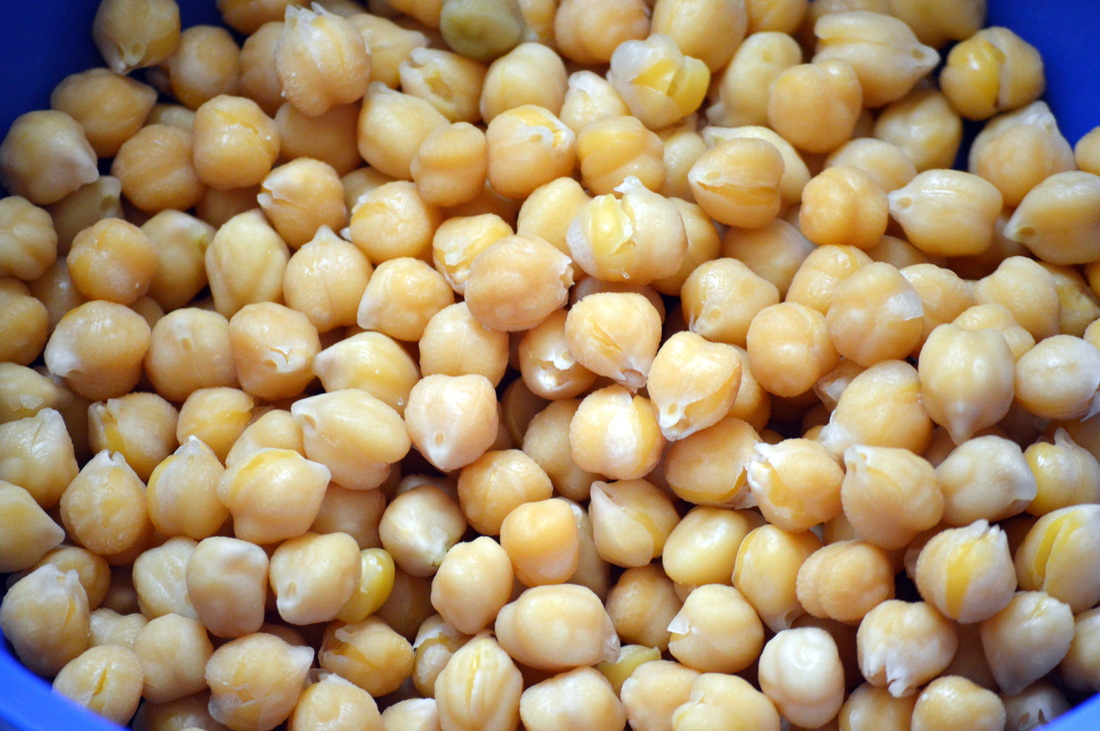
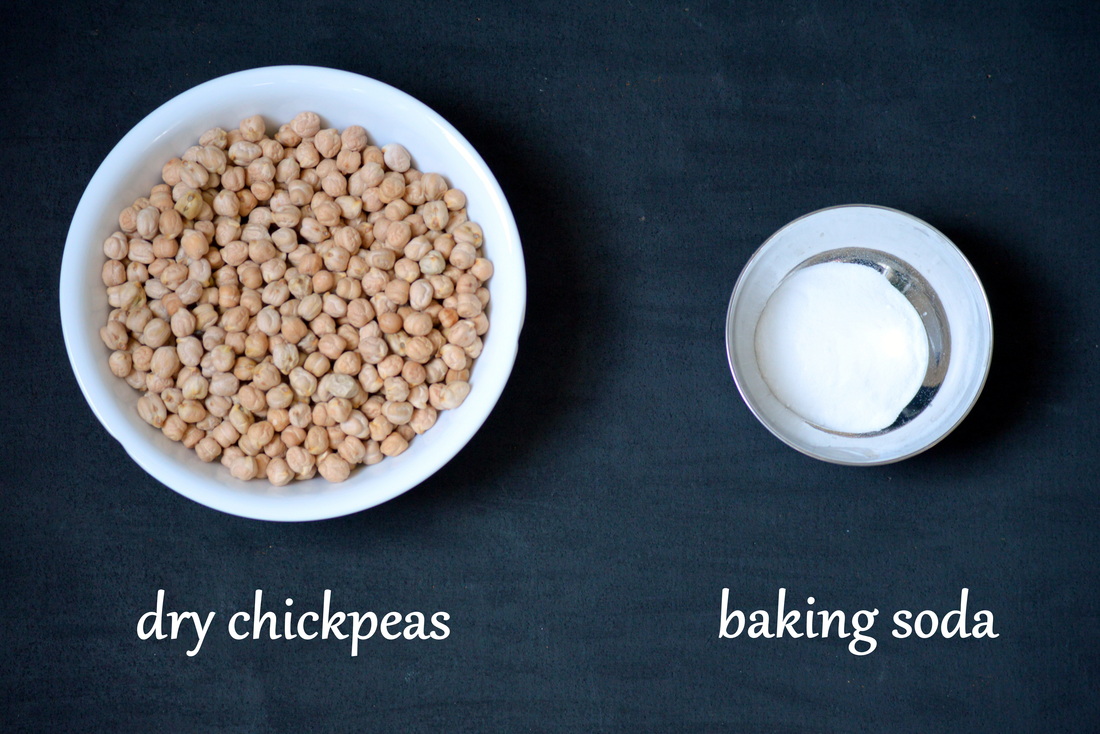
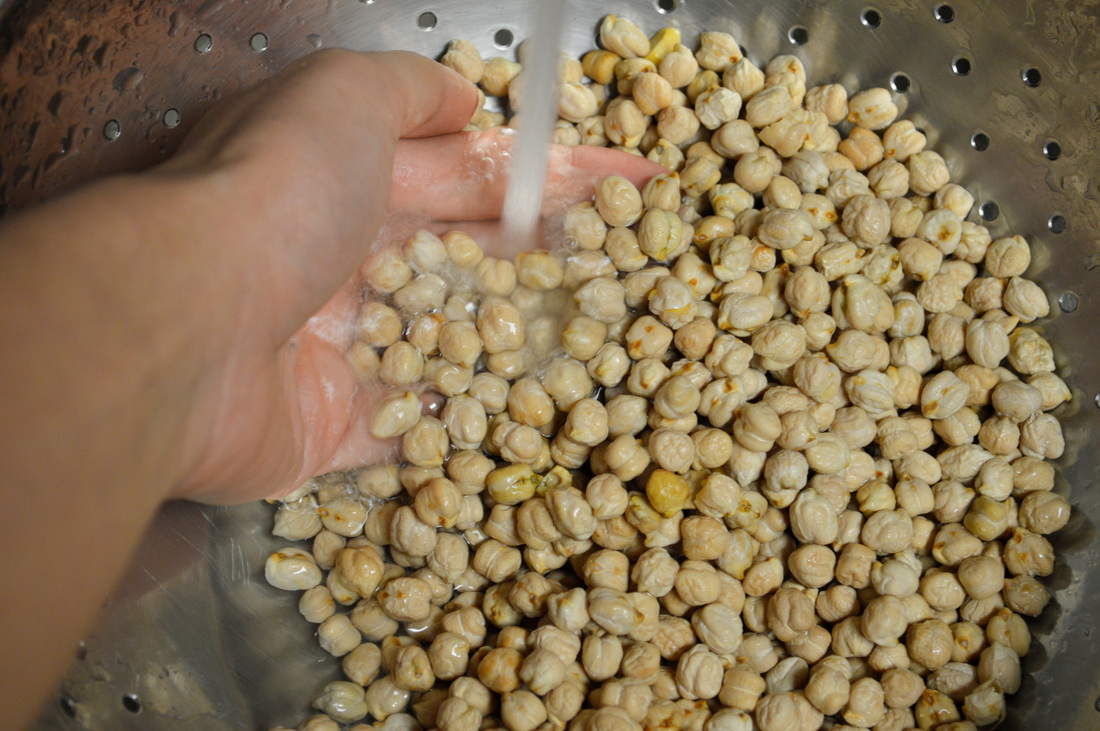
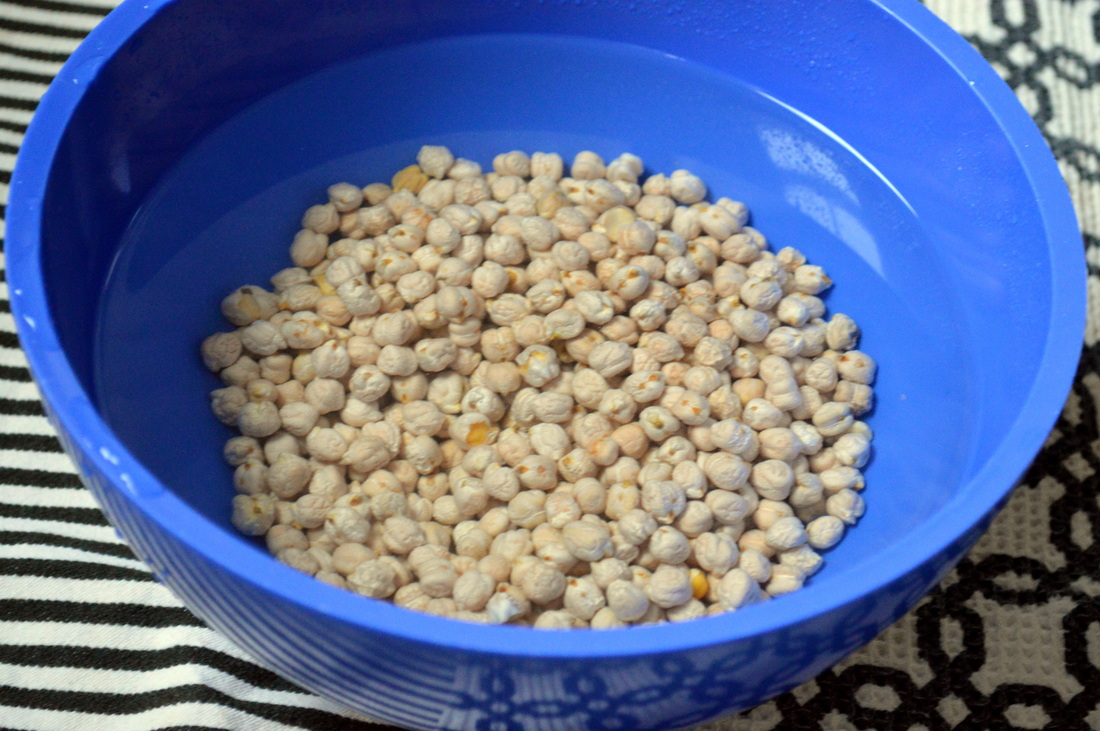
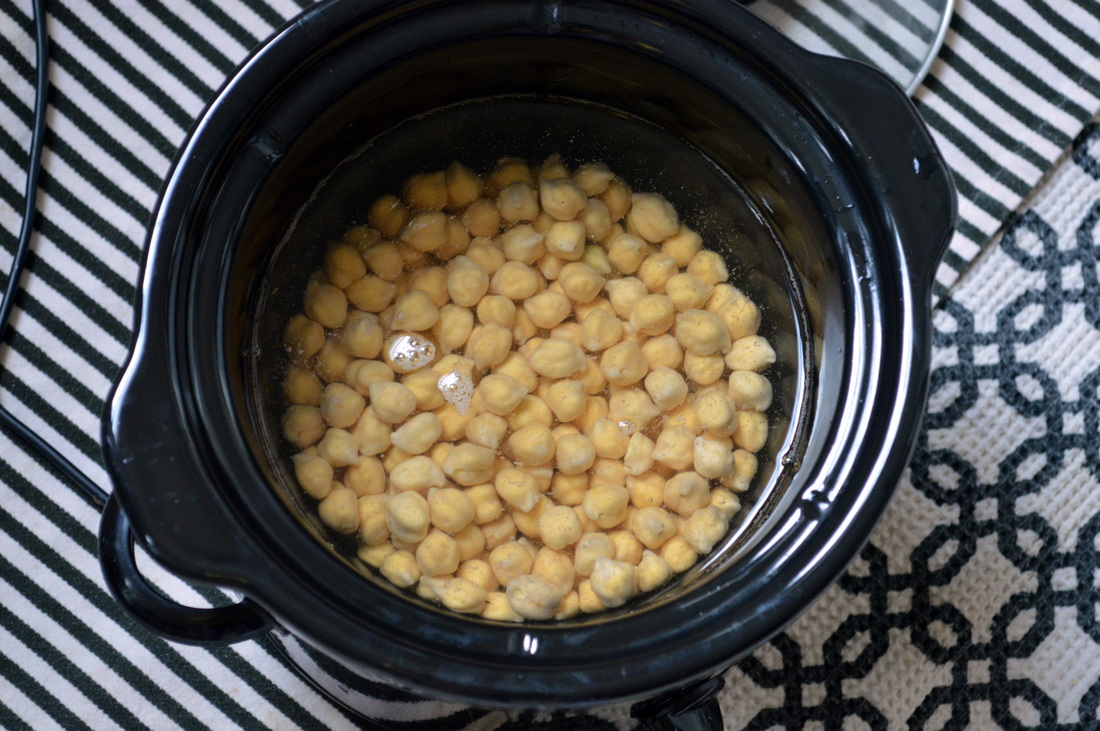
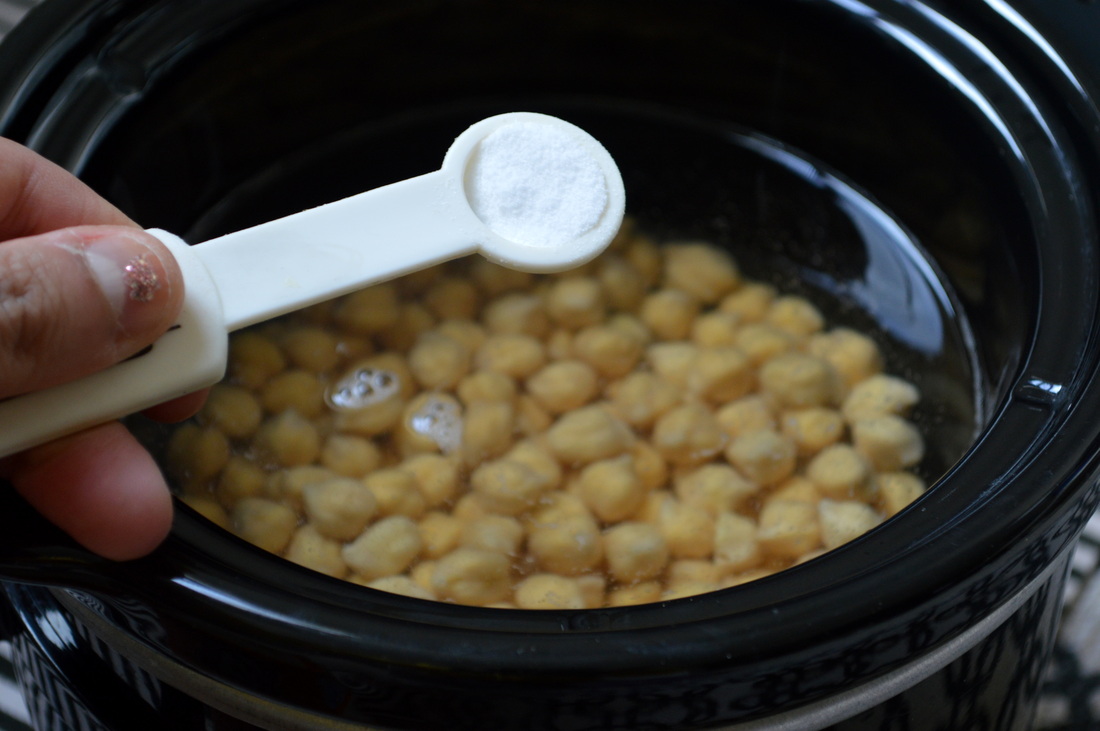
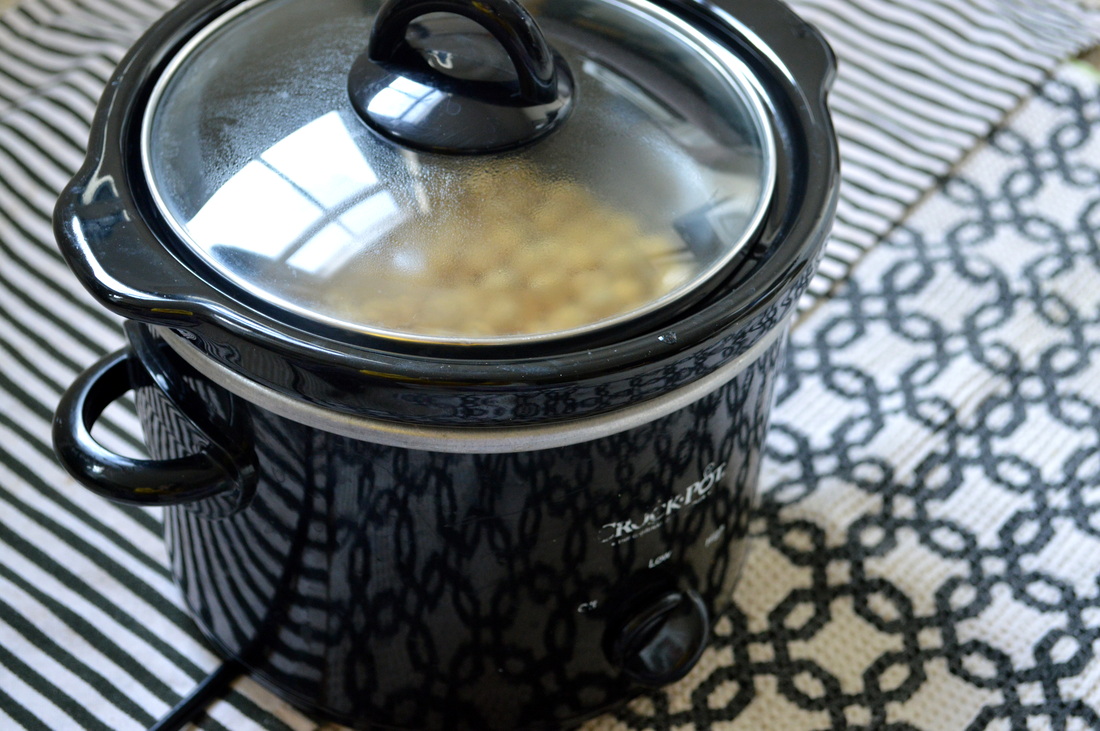
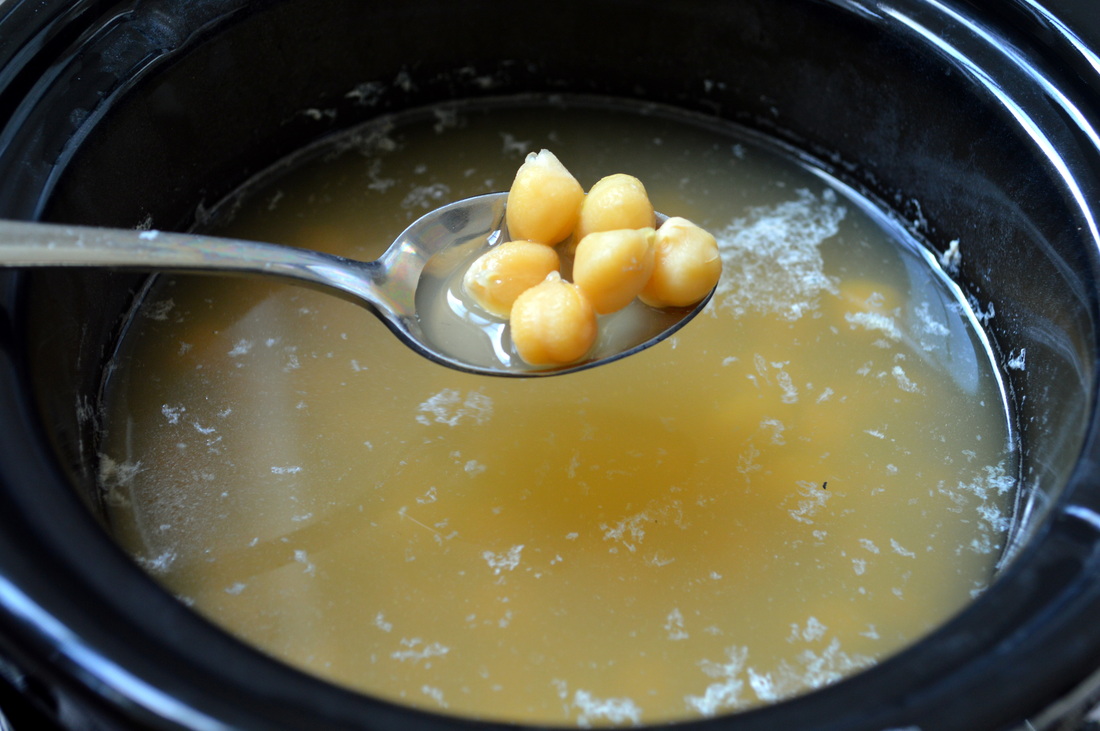
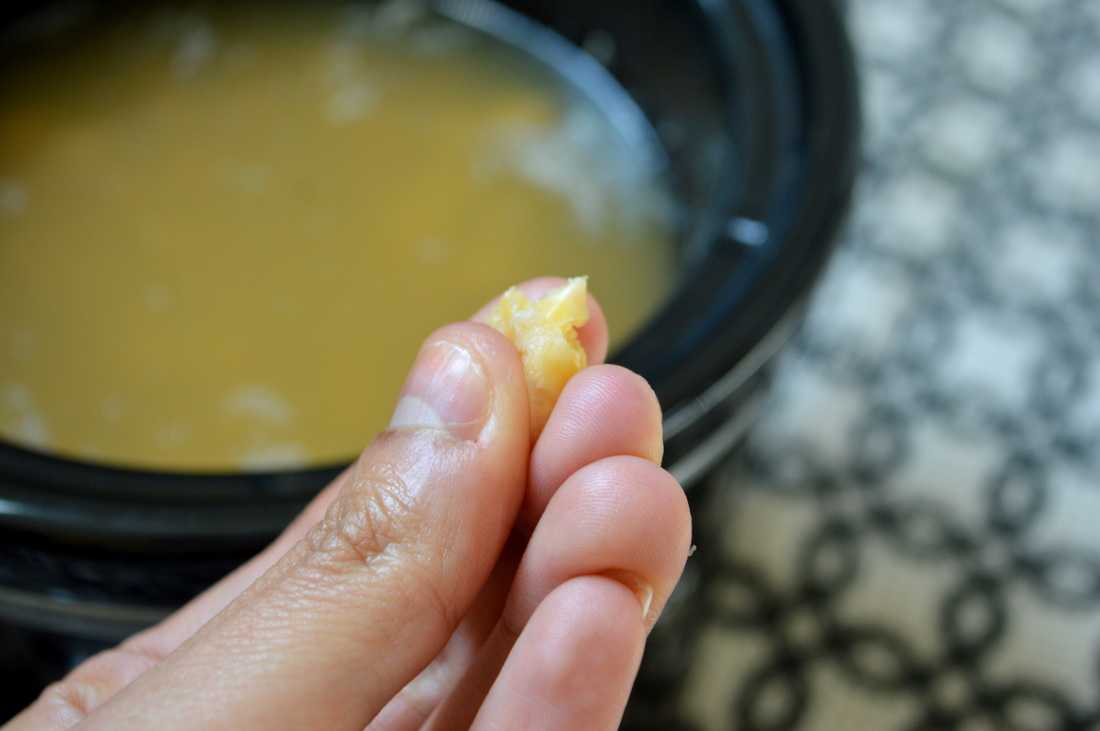
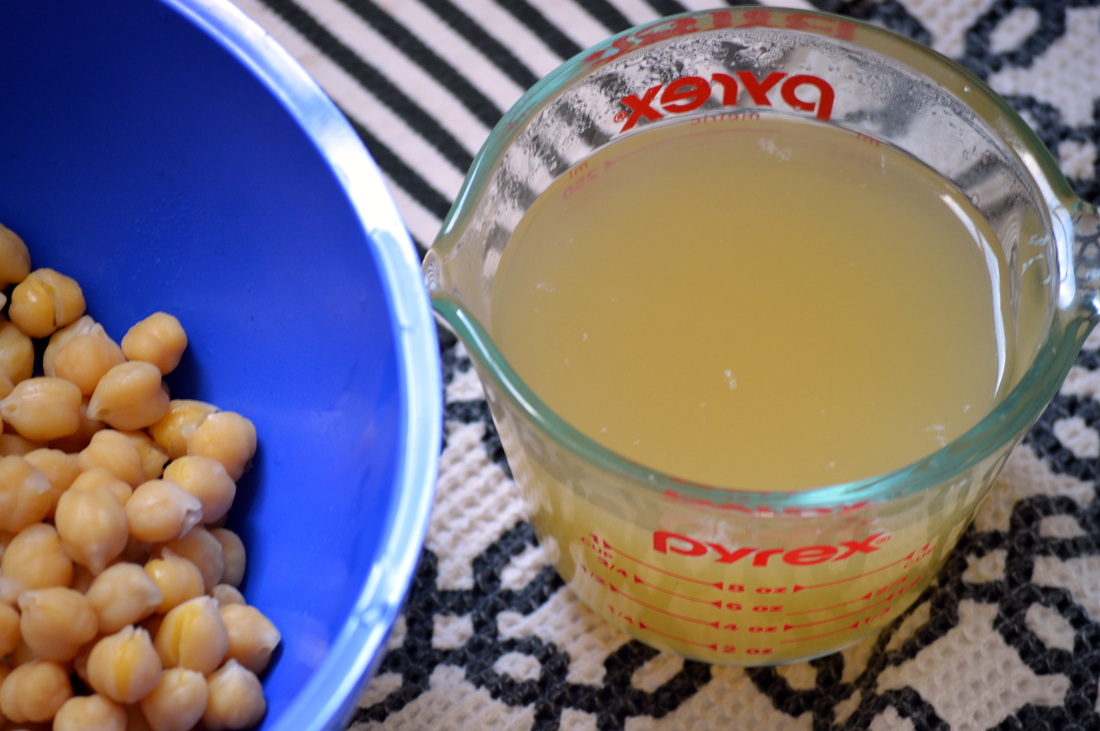
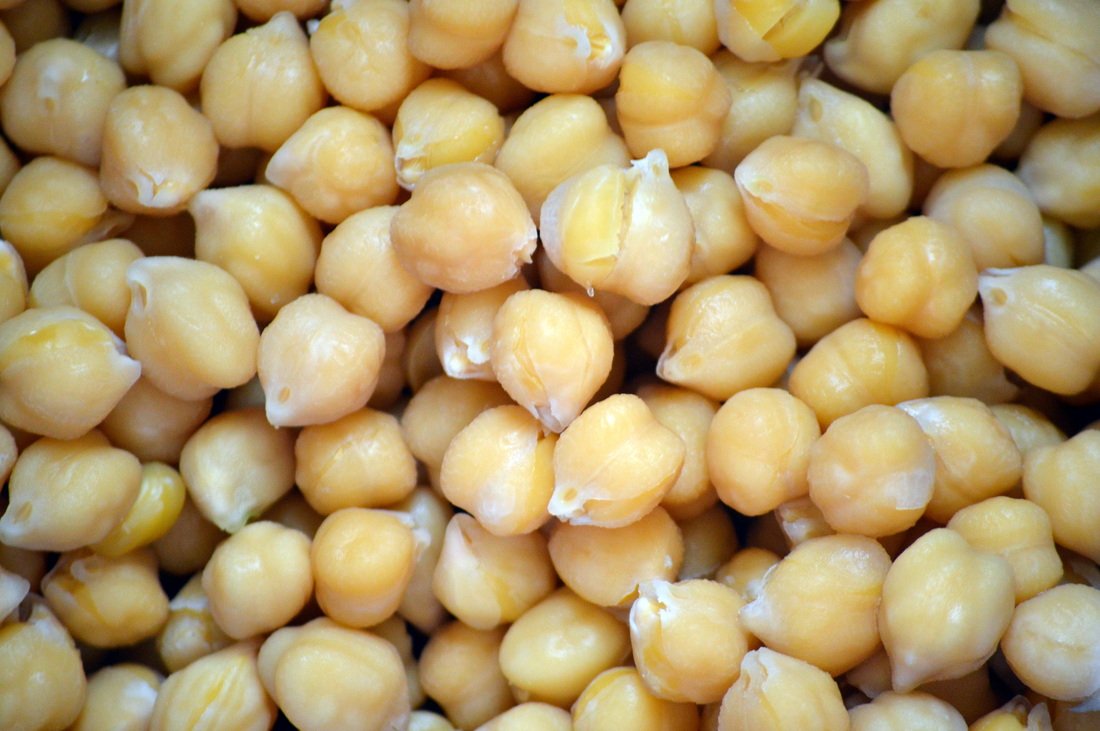
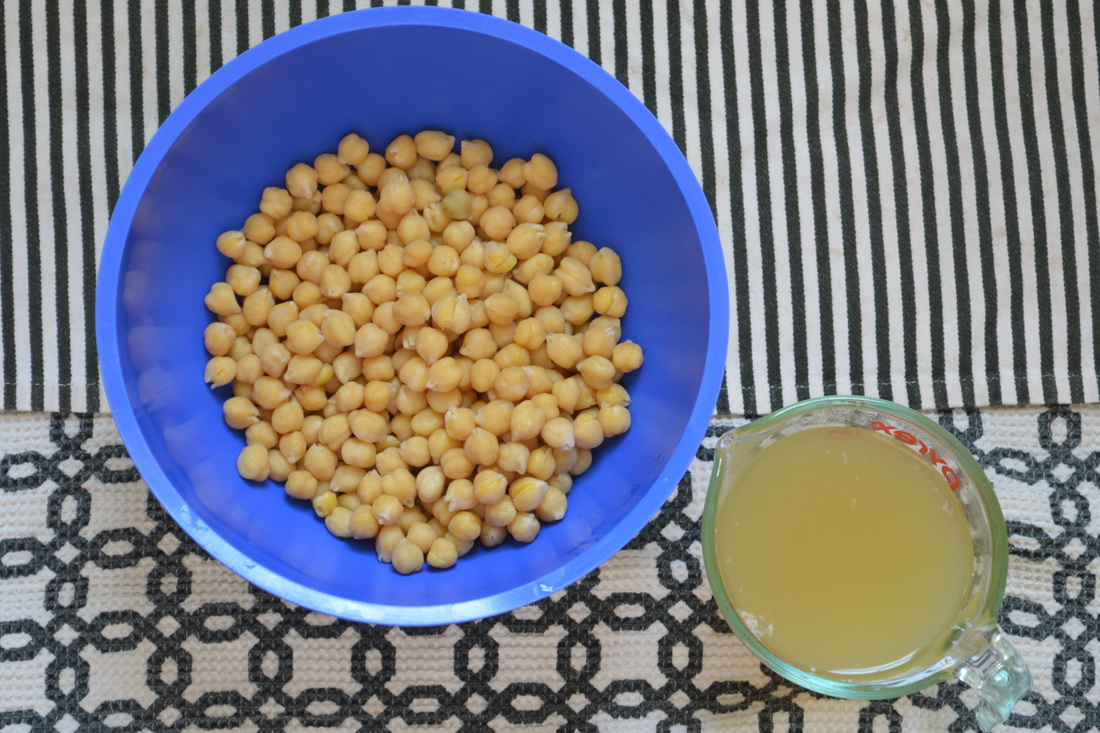
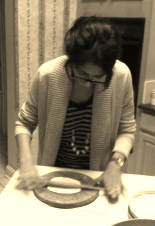
 RSS Feed
RSS Feed
